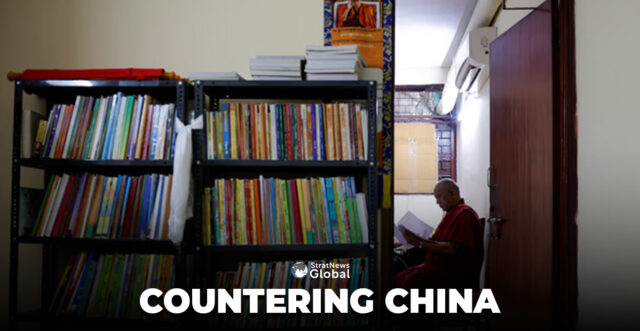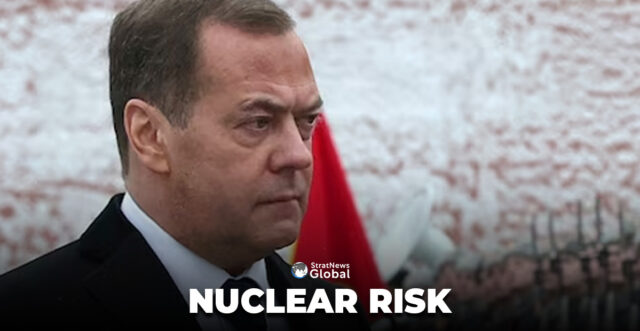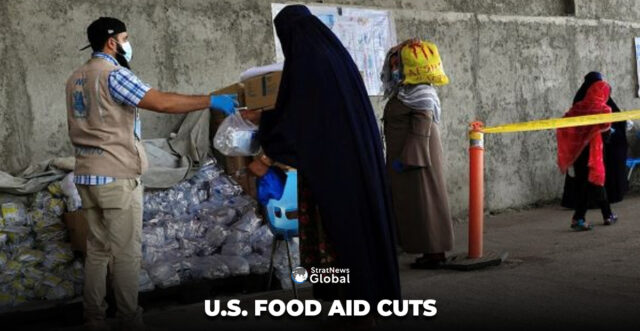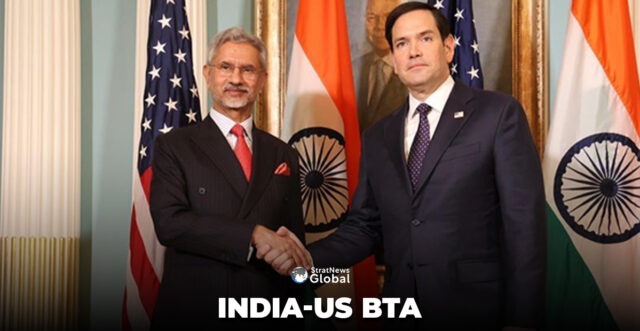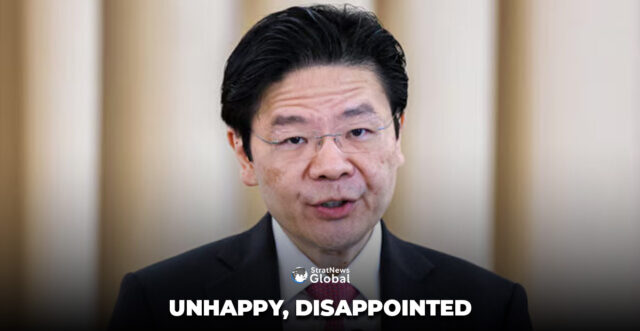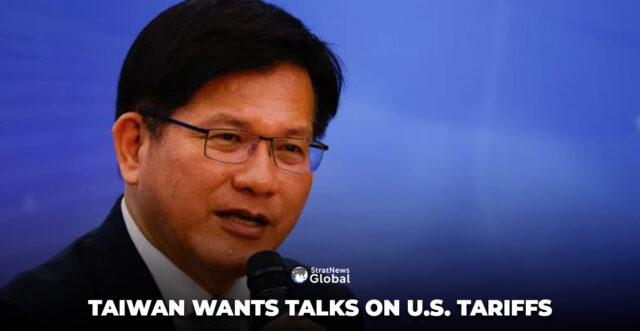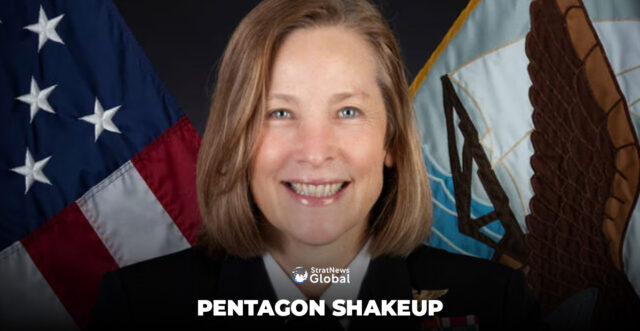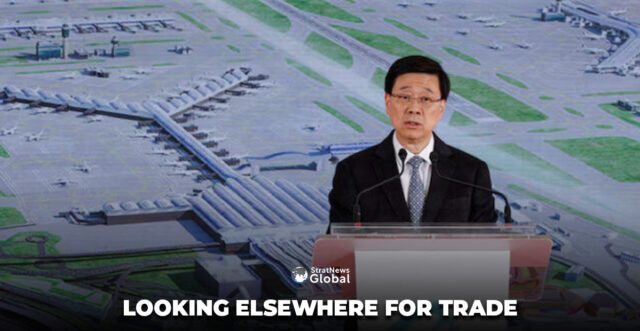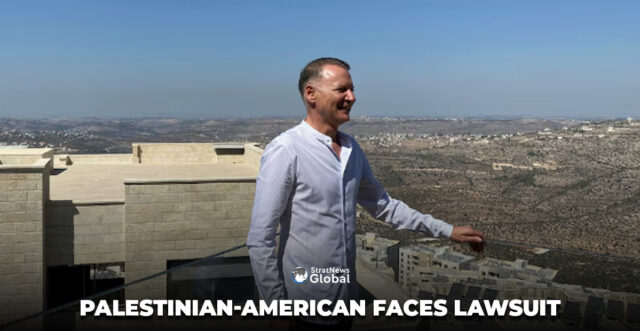India Overhauls Himalayan Buddhist Monastery Education To Counter China
India is set to launch its first school curriculum for Buddhist monasteries this month, aiming to standardise education and promote patriotism in Himalayan religious centres near the China border.
Home to many ancient monasteries, as the birthplace of Buddhism, India received an influx of Tibetans in the 1950s that led to many new institutions being set up, but now it seeks to insulate religious learning from China’s influence.
“We are trying to inculcate Indian identity through education along with Buddhism to make sure China can never control our monasteries in the Himalayas,” said Maling Gombu, a Buddhist worker of the ruling Bharatiya Janata Party (BJP).
“Thousands of children living and studying in remote monasteries deserve education recognised and certified by India,” added Gombu, one of a team promoting Indian Buddhist traditions and national education in Arunachal Pradesh.
The border state is claimed by China, but New Delhi rejects this.
Buddhist Traditions
About 600 monasteries scattered across the northern states of Sikkim, Himachal Pradesh, Uttarakhand, and the regions of Jammu and Kashmir and Ladakh offer training in four types of Tibetan and Indian Buddhist traditions.
They also teach modern subjects and English, but the courses lack consistency outside a national education effort that aims to weld an overarching identity from India’s patchwork of languages and religions.
“The non-religious education taught by monks or nuns is not acknowledged outside monasteries,” said Rajeev Kumar Singh, a director of the education ministry’s National Institute of Open Schooling.
Singh, who has worked on the new curriculum that caps a five-year assessment effort, said it hoped to prepare Indian and Tibetan students for academic life in India.
“They (Tibetans) are free to learn Tibetan history and their tradition, but they should learn about India as they reside here and require proper education to secure jobs outside monasteries.”
A government document reviewed by Reuters showed that 20 monasteries near the 3,000-km (1,860-mile) border with China have agreed to adopt the new curriculum, with the rest to be phased in later in the year.
More Time Needed
While authorities negotiate individually with monasteries to take up the syllabus, they also need time to print up new textbooks and locate teachers to staff the schools, most in sparsely populated areas, officials said.
But monks in some monasteries, such as the Gontse Garden Rabgye Ling in Arunachal Pradesh, say their syllabus, focused on Buddhist philosophy, along with modern education, is carefully curated to meet the needs of children who may become preachers.
“We don’t think the introduction of a government-mandated syllabus is required in our monastery as it can break the rhythm designed since the 1970s,” said Geshe Dondup, a religious teacher at the monastery, home to about 300 students this year.
Tens of thousands of Tibetans sought refuge in India, where their spiritual leader and Nobel Peace laureate, the Dalai Lama, fled as Chinese troops crushed an attempted uprising in their homeland in 1959.
Tibetan Refugees
About 75,000 Tibetan refugees now live in settlements managed by the Dalai Lama’s government-in-exile, the Central Tibetan Administration (CTA), which controls some monasteries directly, though not those outside the Tibetan tradition.
Reuters reviewed the first batch of textbooks prepared for monasteries by education ministry officials and Indian Buddhist scholars, which delve into India’s modern and ancient history, and the nation’s role in Tibet’s freedom struggle.
The texts also emphasise mathematics, science and computer training, besides mandatory studies in English, Hindi and the native Bhoti language.
The CTA’s education minister, Tharlam Dolma, said monastery schools have historically been managed by monks and nuns based on their funding, and the CTA lacked governance rights over them. An official in the Dalai Lama’s office did not comment.
India will begin offering funds to monasteries, run for decades by different sects of Buddhism with the help of foreign aid, to recruit teachers, pay stipends to monks and pave the way for annual examinations.
In its effort to unify school programmes, a court essentially banned Islamic schools in India’s most populous state in March last year, saying they violated constitutional secularism and ordering students moved to conventional schools.
Speaking on condition of anonymity, a home ministry official said streamlining education in monasteries in far-flung strategic areas was part of a larger plan to fence off religious institutions from China’s influence.
A home ministry spokesperson did not respond to an email seeking comment.
Last year, the Asian giants began unwinding a military standoff on their disputed border since clashes in 2020 killed two dozen troops, but India aims to spend more to develop border areas amid the slow thaw in ties.
(With inputs from Reuters)


